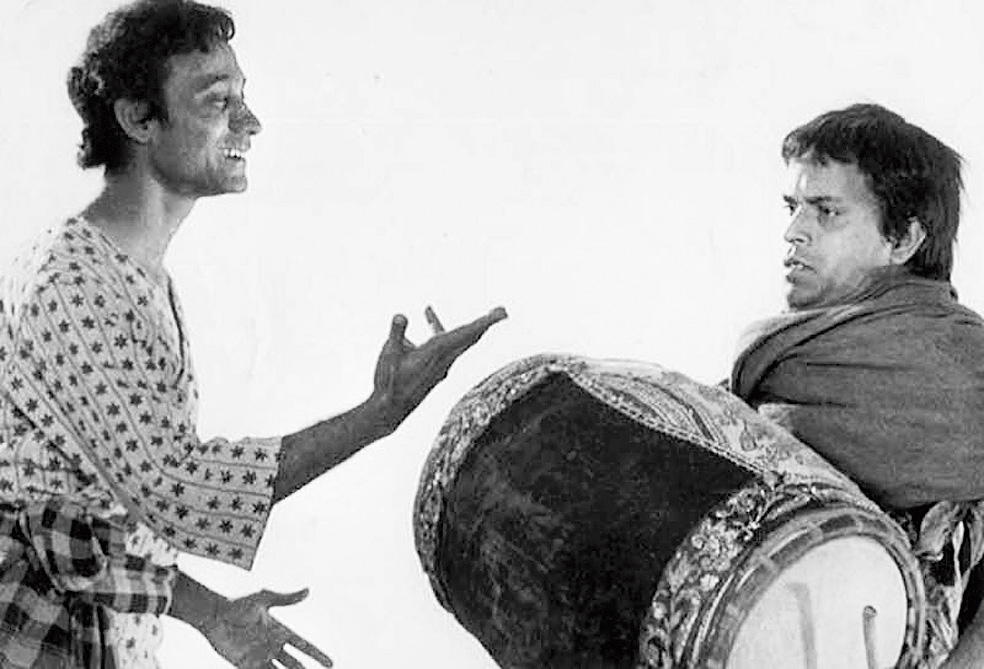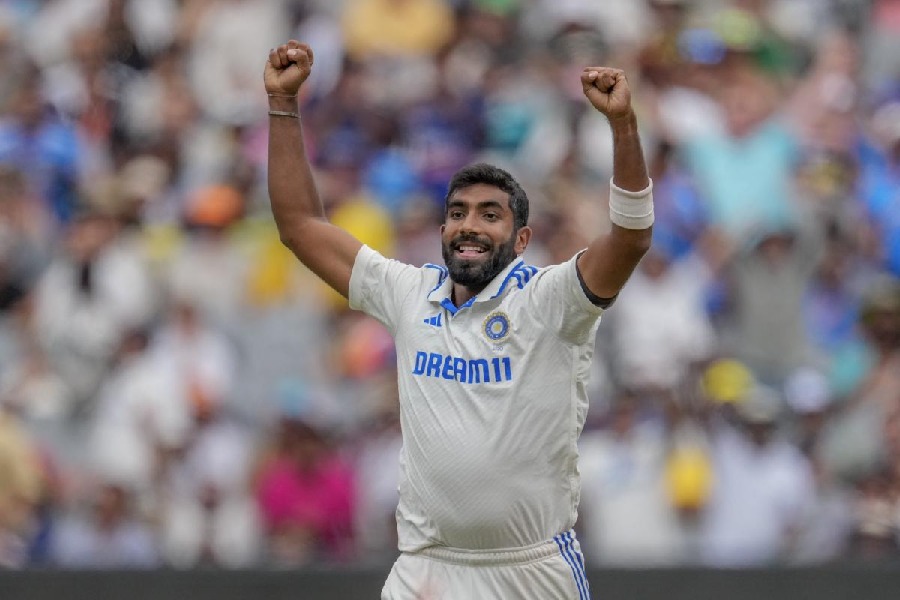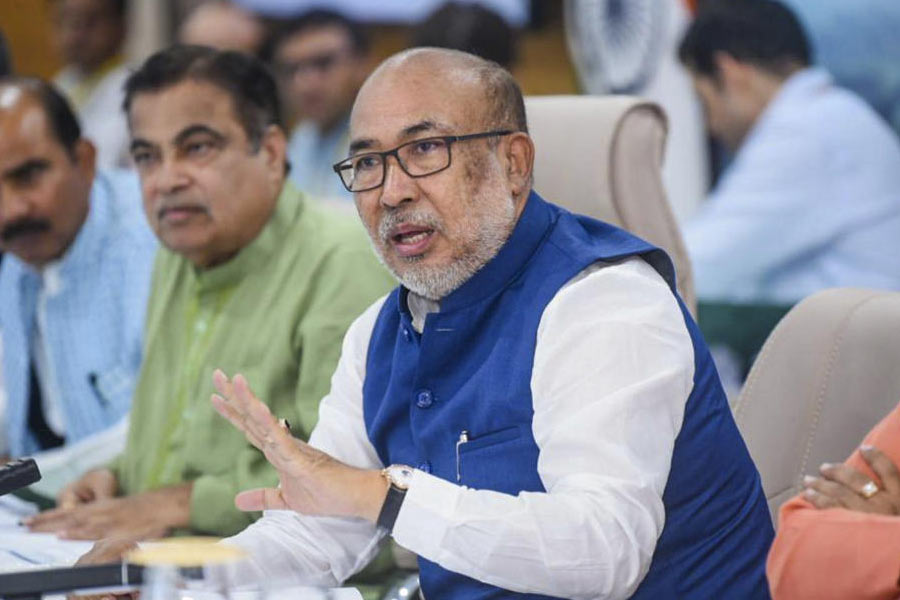A 13-year-old had complained to his father that people died in the films he made. That made his father choose a story for his next project that pleased not only his son but mesmerised generations of children and adults.
The father was Satyajit Ray and the child, Sandip.
Wandering minstrels Goopy Gyne and Bagha Byne, thus immortalised on screen by Ray, turn 50 this year. The Kolkata Literature Festival, held on the Book Fair grounds in association with The Telegraph, turned the clock back with a session on celebrating 50 years of Goopy Gyne Bagha Byne. The session was moderated by Tridib Chatterjee.
Former bureaucrat Prasad Ranjan Ray, a Ray researcher and a member of the family, set the record straight. “Goopy Bagha turn 104 this year as they appeared in 1915, serialised in six parts by Ray’s grandfather Upendrakishore Roychowdhury in the magazine Sandesh. The story was called Goopy Gyne.”
Ray, he pointed out, brought in several changes in the film. “The story has no mention of the wicked minister and the magician. The king of Halla was good and that of Shundi evil, not the other way round. The daughters married to Goopy and Bagha were Halla’s and not of one each of the two kings.”
Long before Tinnu Anand directed Amitabh Bachchan in blockbusters like Kaalia and Shahenshah, he had landed at Howrah station hoping to work with Ray as an assistant director (AD). But when he called his father from the station, he asked him to buy a return ticket. Ray’s letter had just reached, saying the producer could not afford a seventh AD.
“I was crushed as I had just refused a role in the film Saat Hindustani for this job. Still, I called him and was asked over the next day at 8am. He made me wait as he typed away,” recounted Anand.
Finally, he handed Anand seven sheets — a detailed synopsis of Goopy Gyne Bagha Byne in English. “He had woken up at 4.30am to prepare it. ‘I told the producer we will each eat a roti less to feed you,’ he told me. This is why I spent the next five years in Calcutta,” Anand said.
Goopy Gyne Bagha Byne had fallen into uncertainty after the producer backed out even after locations had been scouted and the music scored. Raj Kapoor agreed to finance it on condition that Ray direct son Randhir’s launch film.
Word reached Aseem Dutta. “It offended my husband that there were no backers for Ray in Bengal. He asked me to go listen to the music. I came back convinced that we would have to produce the film,” recalled Purnima Dutta, of Piyali Films.
Ray would always record the incidental sound himself. “Once he handed Punuda (Punu Sen, a senior AD) a box of rockets. He said he would record the sound that night. When we went up on the roof, there were only three left in the box. It was Diwali and Punuda had given nine away,” Anand said.
Ray said that would be the background sound when Goopy Bagha would clap to transmigrate in their magic slippers. “The first (rocket) went down, not up. The second fizzled out. Manikda was tearing his hair. The third, and last, took off with the desired sound,” Anand recounted.
Barun Chanda, who acted in Ray’s Seemabaddha, and Sabyasachi Chakraborty, who played Feluda, another of Ray’s immortal creations, shared their memories of watching the film.
“The fact that the auditorium is brimming today is proof that Goopy Bagha are alive and well at 50,” Chanda smiled.

Goopy Gyne and Bagha Byne. A still from the film.










